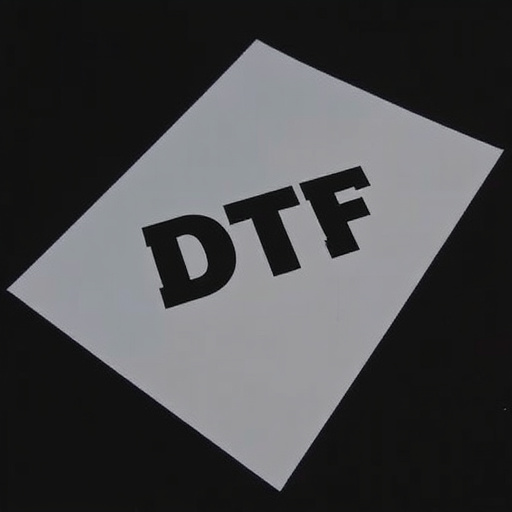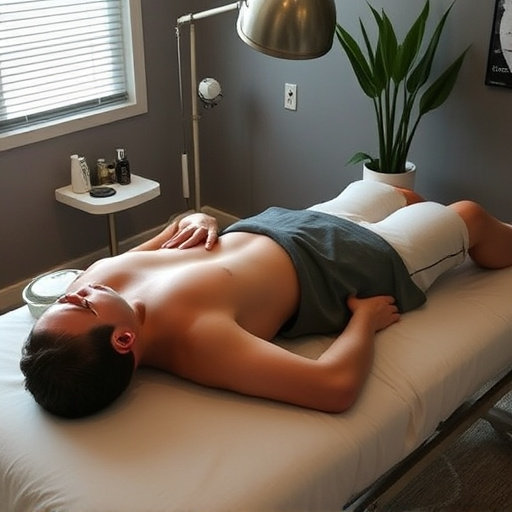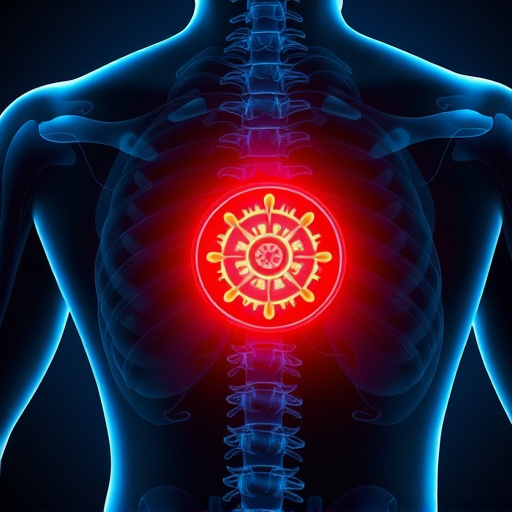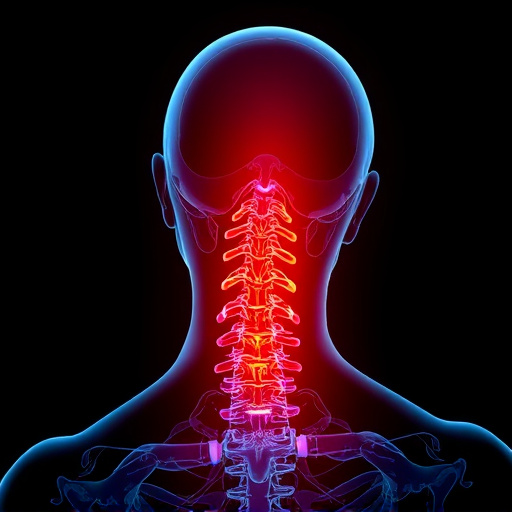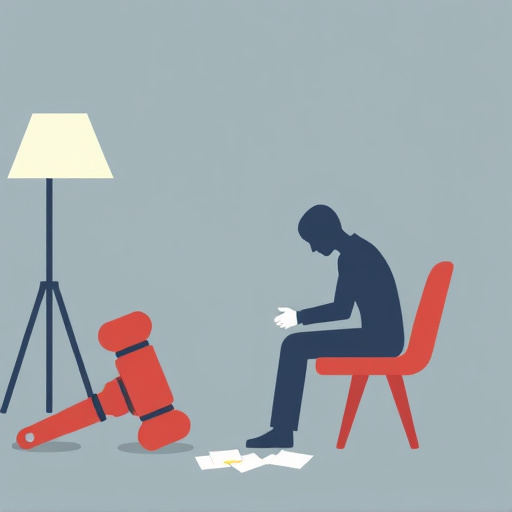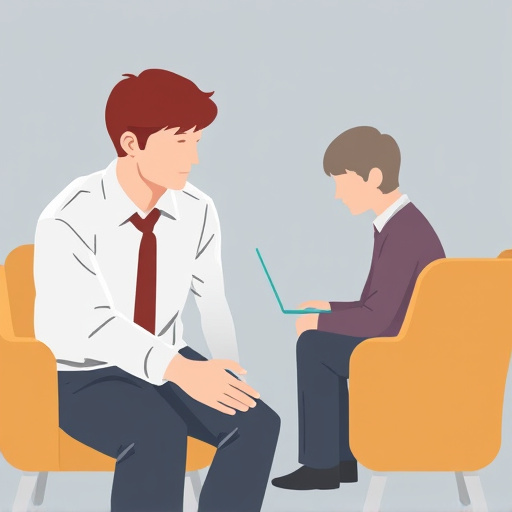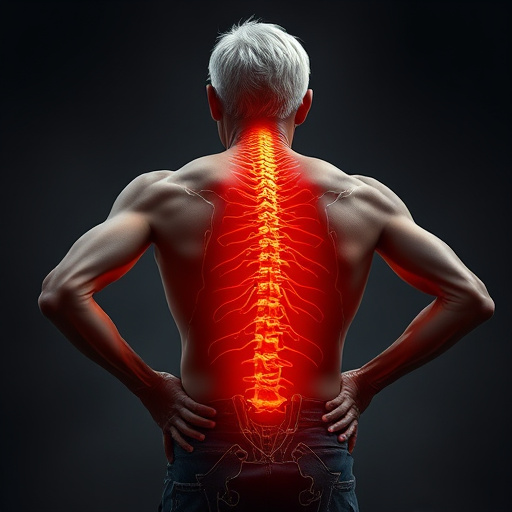Herniated disc treatment focuses on alleviating pain and restoring mobility. Non-surgical options like physical therapy, NSAIDs, and functional rehabilitation offer effective symptom relief for conservative management. This holistic approach combines exercises, heat/ice therapy, manual manipulation, targeted medications, and lifestyle adjustments to address herniated disc symptoms without surgery.
“Discover effective herniated disc treatment options that avoid surgical intervention. This comprehensive guide explores the root causes and symptoms of this common spinal condition, delving into a range of non-surgical approaches designed to alleviate pain and restore function. From conservative management strategies to innovative therapies, learn how to navigate your recovery journey with confidence. Explore tailored solutions for your herniated disc, focusing on natural relief and improved quality of life.”
- Understanding Herniated Discs: Causes and Symptoms
- Non-Surgical Treatment Approaches Explored
- Conservative Management Strategies for Pain Relief
Understanding Herniated Discs: Causes and Symptoms
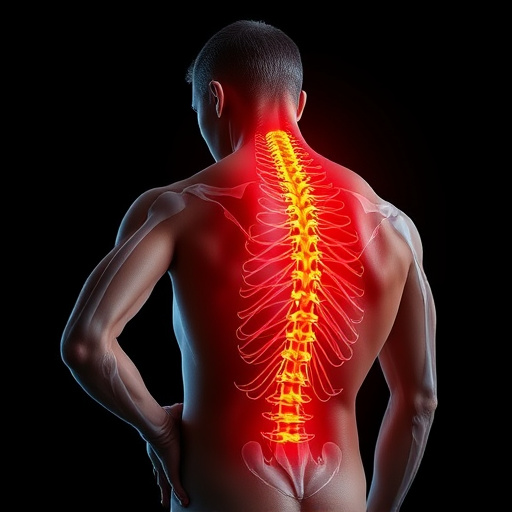
A herniated disc, also known as a slipped or ruptured disc, occurs when the soft, gel-like material inside an intervertebral disc pushes through a tear in its outer layer. These discs act as cushions between the vertebrae of the spine, providing flexibility and absorbing shock during movement. When a disc becomes herniated, it can put pressure on nearby nerves, leading to pain and potential numbness or weakness in various parts of the body, depending on the affected area.
Common causes include aging, where the discs gradually lose their water content and become less flexible, making them more susceptible to damage. Sudden injuries, especially those related to sports or accidents, can also lead to herniated discs. Symptoms vary but often include sharp, shooting pain radiating to the arms or legs, depending on whether the disc is in the neck (cervical) or lower back (lumbar) region. Weakness, tingling, and loss of balance may also occur, significantly impacting mobility and daily activities. Proper diagnosis involves imaging tests like MRI or CT scans, which help determine the extent of damage and guide suitable herniated disc treatment options, including conservative approaches and alternative therapies, such as shockwave therapy for pain relief without surgery.
Non-Surgical Treatment Approaches Explored
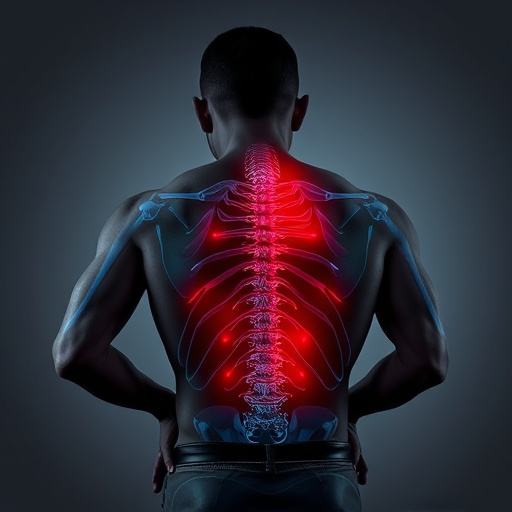
Non-surgical treatment options play a pivotal role in managing herniated disc conditions, offering a promising alternative to avoid invasive procedures. These approaches focus on alleviating pain, promoting healing, and restoring mobility without resorting to surgery. One such method is physical therapy, which has proven effective for many patients with herniated discs. Trained professionals design tailored exercises aimed at strengthening the back muscles, improving posture, and enhancing flexibility, thereby reducing pressure on the affected area.
Additionally, non-steroidal anti-inflammatory drugs (NSAIDs) are commonly prescribed to manage pain and inflammation associated with herniated discs. While rest is often recommended initially to allow the injured area to heal, functional rehabilitation has emerged as a valuable strategy. This approach encourages controlled movement and activities tailored to the patient’s specific needs, promoting a safe recovery process for individuals suffering from soft tissue injuries, including neck pain treatment.
Conservative Management Strategies for Pain Relief
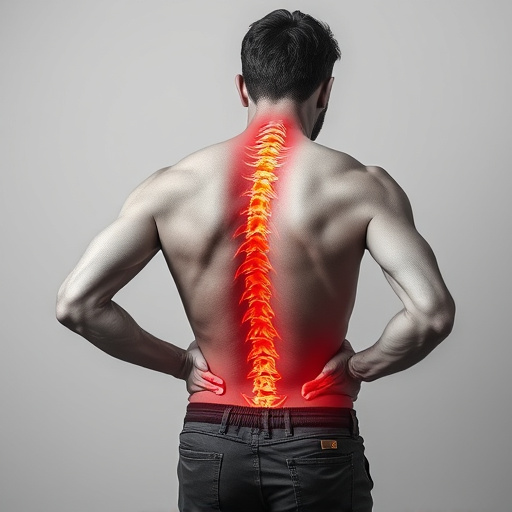
Many individuals suffering from a herniated disc opt for conservative management strategies as the initial course of action for pain relief and to avoid invasive procedures. These approaches focus on minimizing discomfort, promoting healing, and restoring function without surgery. Conservative treatments often include a combination of physical therapy, medication, and lifestyle adjustments.
Physical therapy plays a crucial role in herniated disc treatment, offering techniques like specialized exercises, heat or ice therapy, and manual manipulation to reduce pain and improve mobility. Medications such as over-the-counter pain relievers, anti-inflammatory drugs, and muscle relaxants can provide joint pain relief and help manage symptoms. Additionally, post accident rehabilitation programs can be tailored to address specific needs, incorporating activities that enhance flexibility, strength, and overall well-being while steering clear of movements that exacerbate the condition.
In conclusion, non-surgical herniated disc treatment options offer a promising path to recovery without invasive procedures. Understanding the causes and symptoms is key, enabling individuals to explore effective conservative management strategies for pain relief. These approaches empower patients to take control of their condition, alleviate discomfort, and potentially avoid surgery. By delving into these treatments, folks can navigate their journey towards healing and regain mobility with a holistic approach tailored to their needs.



